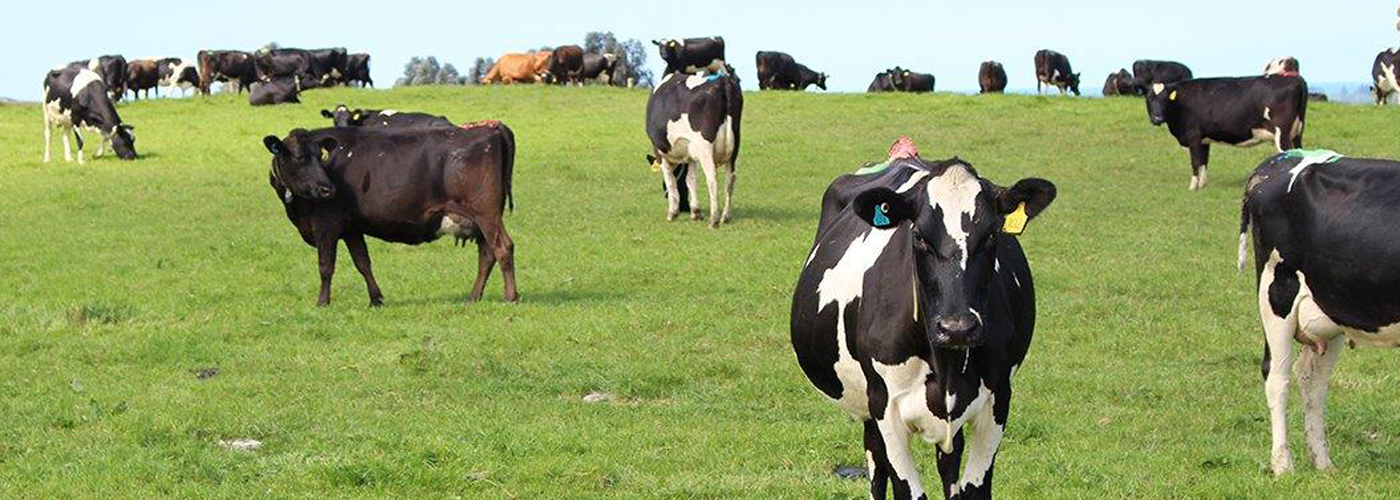
Non-cycling cows in dairy herds can have a significant impact on the reproductive and economic viability of a herd. It is important to identify and treat these cows early as they often have reduced submission and conception rates, and these can result in reduced in-calf rates, a prolonged calving period and fewer days in milk the following season.
Non-cycling cows generally fall into two categories – these include cows that have had a silent first heat (which has not been detected) and true non-cyclers (which are cows that have not ovulated since calving). Between 20-30% of New Zealand cows in seasonally-calving herds will have no detected oestrus before the planned start of mating.
Poor oestrus detection is another important factor.
In heifers, other reasons may include genital tract abnormalities, such as freemartinism, and failure to reach puberty at mating time due to poor body condition and growth rates. It is important that these issues are addressed before the start of the mating period.
Early treatment of non-cycling cows involves hormonal therapy which is targeted at activating the ovaries before PSM. The most common programme used is the Ovsynch or ‘GPG’ which is based around the use of GnRH and prostaglandin (PGF2a). It has been shown that between 35-45% of cows will successfully conceive to fixed-time artificial insemination (FTAI) in these programmes.
Additionally, an intravaginal progesterone device (eg. CIDR, Cue-Mate, DIB-V) is usually added to these programmes, and this has been proven to increase pregnancy rates by 5-7%. The Ovsynch plus progesterone programme is as follows:
There have been many modifications of the Ovsynch programme, one including the addition of eCG at the time of PGF2a injection and progesterone device removal. Studies have shown that the inclusion of eCG can increase conception rates and in-calf rates by 5.4% and 6.3% respectively.
Recent studies have also looked into the benefits of an additional PGF2a injection. PGF2a is used in non-cycler treatment protocols to reduce levels of progesterone, leading to ovulation and oestrus synchronisation.
Results from a New Zealand study showed that, on average, a second PGF2a injection 24 hours after the first PGF2a can increase conception rates by 5.3% and subsequently increase the six-week in-calf rate by 4.1%. This occurs because some cows will not respond to the initial PGF2a injection, and they, therefore, continue to produce progesterone and subsequently will not ovulate due to high progesterone levels. Another study in Australia showed similar results (without the use of a progesterone device), with a 7% increase in conception rates for cows treated with Ovsynch plus an additional PGF2a compared to cows only treated with Ovsynch.It is important to note that every herd is different, and if you are having trouble with non-cycling cows, contact your local Vetlife veterinarian to discuss tailored options for your herd.
Bryan, M., Bo, G., Mapletoft, R., & Emslie, F. (2013). The use of equine chorionic gonadotropin in the treatment of anoestrus dairy cows in gonadotropin-releasing hormone/progesterone protocols of 6 or 7 days. Journal of Dairy Science, 122-131.
McDougall, S., & Castle, R. (2019). Increasing conception rate by addition of a second prostaglandin in an Ovsynch and progesterone non-cycler treatment programme. 2019 Conference Proceedings of The Society of Dairy Cattle Veterinarians of the NZVA, 85-88.
Parkinson, T., Vermunt, J., & Malmo, J. (2010). Diseases of Cattle in Australasia. Wellington: VetLearn.
Rheinberger, J. M., Colson, D. D., Beggs, D. S., Mansell, P. D., Stevenson, M. A., Rheinberger, R. J., & Pyman, M. F. (2020). Effect of a second treatment of prostaglandin F2a during the Ovsynch programme on fixed-time artificial insemination conception rates and luteolysis in split-calving, pasture-fed dairy cows. Australian Veterinary Journal, 190-196.